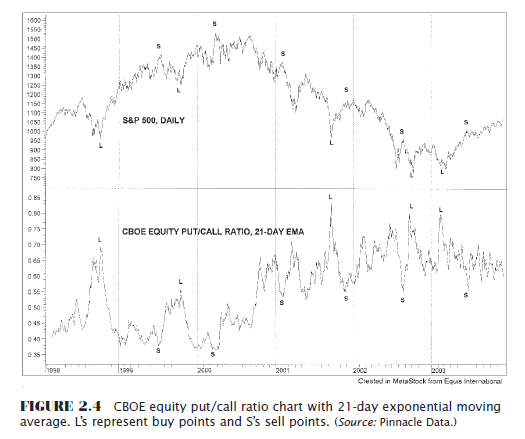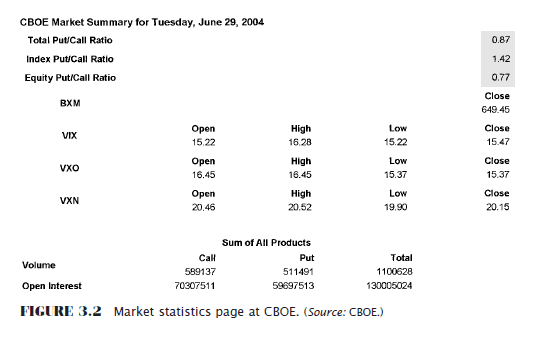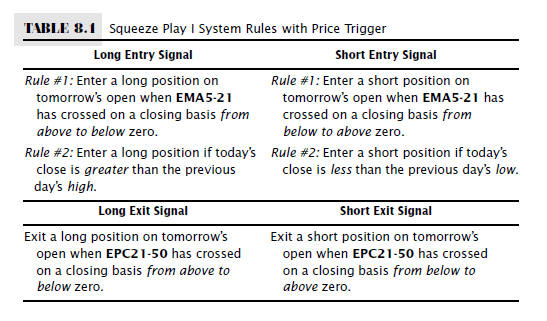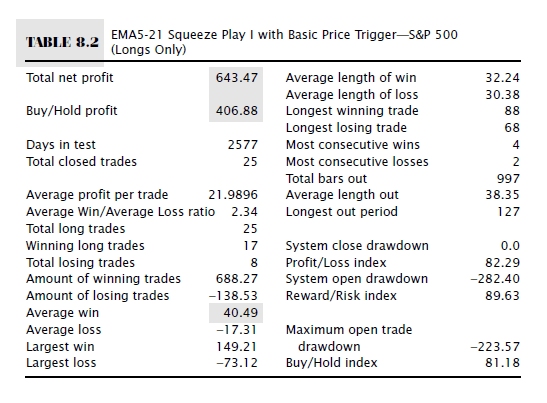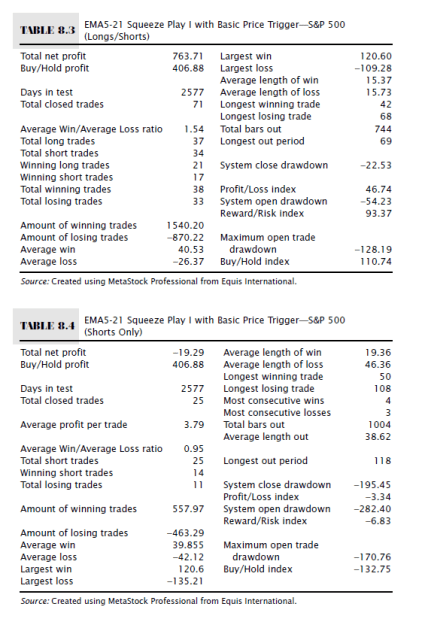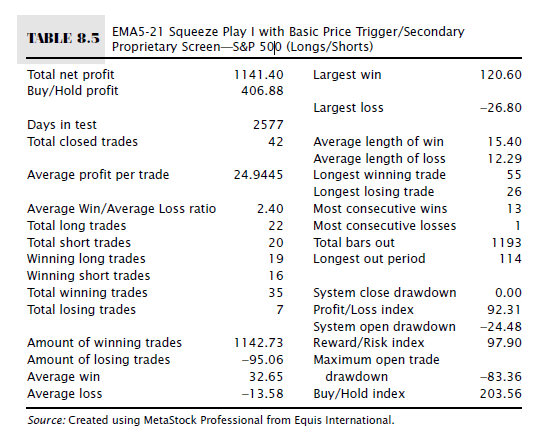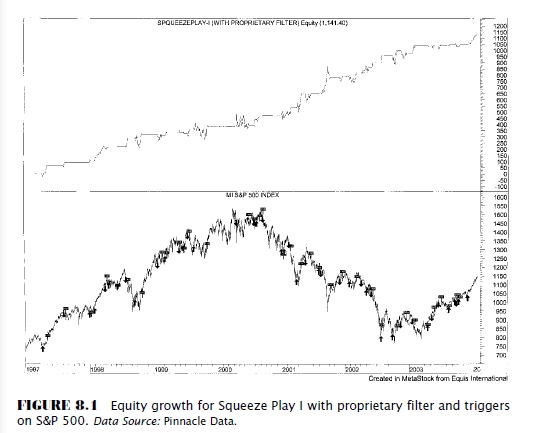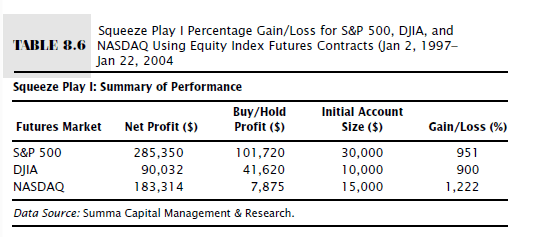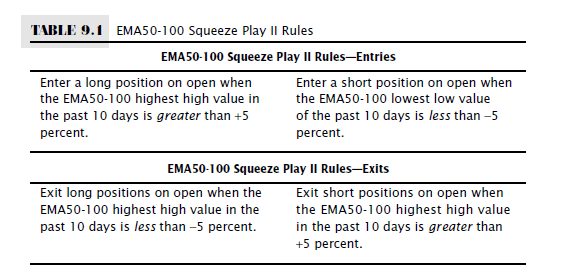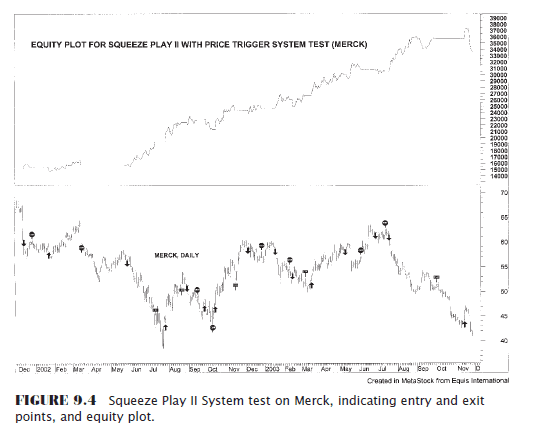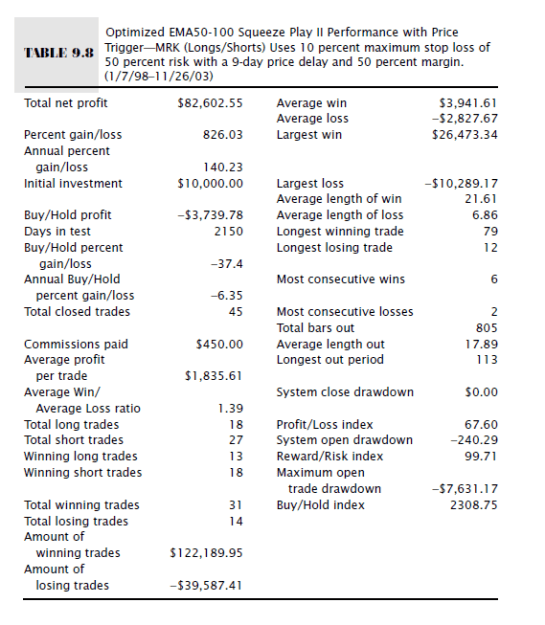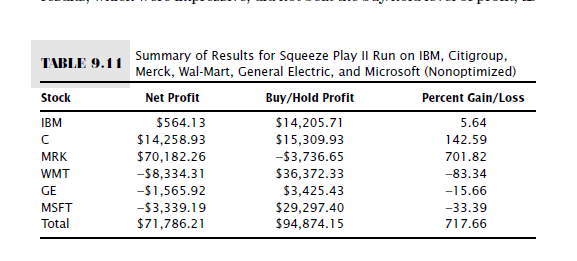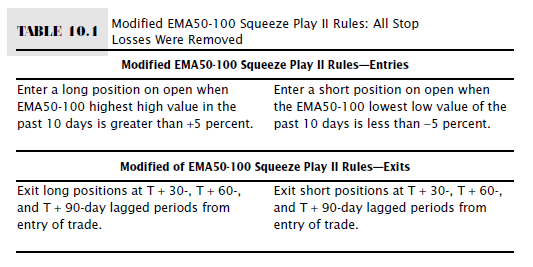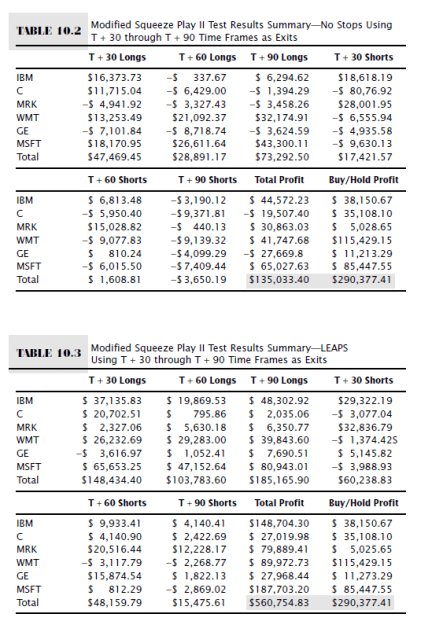Chapter 12 - Q&A
This is a chapter consisting of theoretical questions with answers by Unger. Heavily edited for length.
Q:Can we use the strategies?
A: No, they’re too basic. Make something ‘more solid’. Whatever that means.
Q: Does ‘risk’ = capital invested?
A: No, risk is how much you could lose on the current trade.
Q: Is 5% aggressive?
A: Could be. Probably. Yes.
Q: “I heard that Ryan Jones, who invented the fixed ratio method, entered the Robbins contest and ended up with a 95% drawdown. Is this true?”
A: LOL! If he was using his options or MA crossover systems then probably yes. Unger answers this diplomatically by saying that anything can happen in a trading contest where actual trading behaviour is nothing like what should be done in real life. True.
Q: Was Larry Wiliams lucky when he won 10,000% using full Kelly bets?
A: Yes, yes he was. His DD was $1.3M after passing $2M. If he had encountered this DD at the start he wouldn’t have finished. Williams switched to FF after this.
Q: Why don’t pros use FR?
A: It’s too aggressive in the early periods. Most pros have enough capital so there’s no issues with using FF for them.
Q: How important is DD, really?
A: Important. Really important.
Q: If I miss trades in real life should I still consider the theoretical results of backtests?
A: Unger says yes, I say no.
Q: Why doesn’t Unger believe in trade dependency and the z-score?
A: Too ‘statistical’. “If you apply mathematics to trading too much, you run the risk of turning it into some sort of scientific monster that loses its foundations.” Or is it just that Math doesn’t take into account the predatory nature of all markets?
Keep it simple.
Q: Can I use the Monte Carlo simulation method with a heavily filtered strategy?
A: Yes, but don’t.
Q: In the work plan is it more important to plan profits or drawdown limits?
A: Limit DD. But also be suspicious of profits that are greater than 2 standard deviations above or below the mean.
Q: Should I use the same strategy for a portfolio of stocks and futures?
A: No, diversify.
Q: Should I limit global exposure?
A: Yes.
Q: Can trading give me a monthly income?
A: Lolz, no bud. Sorry. Prepare for months or even years of losses.
This is a chapter consisting of theoretical questions with answers by Unger. Heavily edited for length.
Q:Can we use the strategies?
A: No, they’re too basic. Make something ‘more solid’. Whatever that means.
Q: Does ‘risk’ = capital invested?
A: No, risk is how much you could lose on the current trade.
Q: Is 5% aggressive?
A: Could be. Probably. Yes.
Q: “I heard that Ryan Jones, who invented the fixed ratio method, entered the Robbins contest and ended up with a 95% drawdown. Is this true?”
A: LOL! If he was using his options or MA crossover systems then probably yes. Unger answers this diplomatically by saying that anything can happen in a trading contest where actual trading behaviour is nothing like what should be done in real life. True.
Q: Was Larry Wiliams lucky when he won 10,000% using full Kelly bets?
A: Yes, yes he was. His DD was $1.3M after passing $2M. If he had encountered this DD at the start he wouldn’t have finished. Williams switched to FF after this.
Q: Why don’t pros use FR?
A: It’s too aggressive in the early periods. Most pros have enough capital so there’s no issues with using FF for them.
Q: How important is DD, really?
A: Important. Really important.
Q: If I miss trades in real life should I still consider the theoretical results of backtests?
A: Unger says yes, I say no.
Q: Why doesn’t Unger believe in trade dependency and the z-score?
A: Too ‘statistical’. “If you apply mathematics to trading too much, you run the risk of turning it into some sort of scientific monster that loses its foundations.” Or is it just that Math doesn’t take into account the predatory nature of all markets?
Keep it simple.
Q: Can I use the Monte Carlo simulation method with a heavily filtered strategy?
A: Yes, but don’t.
Q: In the work plan is it more important to plan profits or drawdown limits?
A: Limit DD. But also be suspicious of profits that are greater than 2 standard deviations above or below the mean.
Q: Should I use the same strategy for a portfolio of stocks and futures?
A: No, diversify.
Q: Should I limit global exposure?
A: Yes.
Q: Can trading give me a monthly income?
A: Lolz, no bud. Sorry. Prepare for months or even years of losses.
